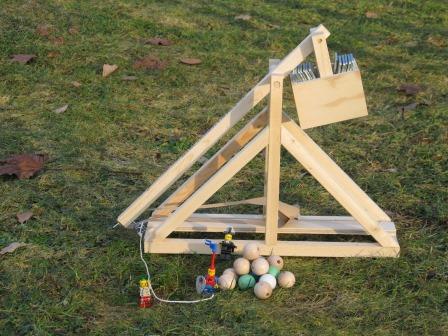
Book Review: The Battlefields of the First World War: The Unseen Panoramas of the Western Front by Peter Barton
The Battlefields of the First World War: The Unseen Panoramas of the Western Front by Peter Barton is one of the most visually stunning books about WWI I have ever read. This work is more than just a history of British participation on the Western Front. It makes use of officially produced trench panoramas to illuminate conditions of trench warfare better than almost any other pictorial record of WWI I have run across. The book itself is 358 pages in length with a bibliography, picture credits, list of further reading, and index. In addition, and one of the things that makes this book outstanding it includes two CD-ROMs that contain … More after the Jump…
